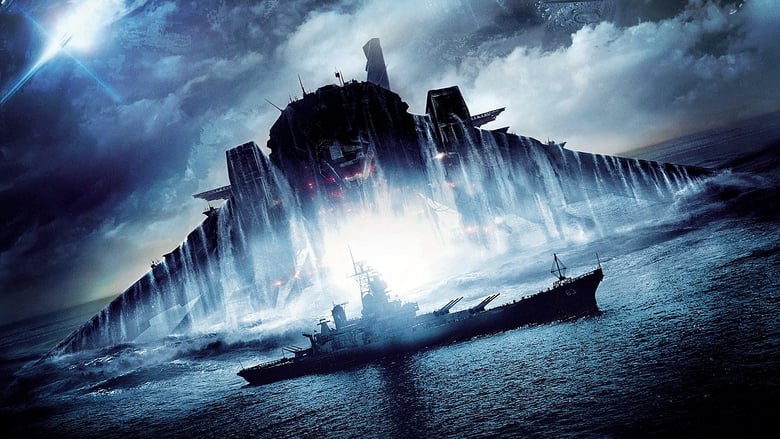


With the introduction of the galleon in Portuguese India Armadas during the first quarter of the 16th century, carracks' armament was reduced as they became almost exclusively cargo ships (which is why the Portuguese carracks were pushed to such large sizes), leaving any fighting to be done to the galleons. In Portugal at least, Portuguese carracks were usually very large ships for their time (often over 1,000 tons), while galleons were mostly under 500 tons, although the Manila galleons were to reach up to 2,000 tons. The galleon differed from the older types primarily by being longer, lower and narrower, with a square tuck stern instead of a round tuck, and by having a snout or head projecting forward from the bows below the level of the forecastle. In the beginning of the 16th century, a lowering of the carrack's forecastle and elongation of the hull gave the ocean-going galleons an unprecedented level of stability in the water, and reduced wind resistance at the front, leading to a faster, more maneuverable vessel. Later, when the term started to be applied to sail-only vessels, it meant, like the English term "man-of-war", any large warship that was otherwise no different from the other sailing ships of the time. In the early 16th century, the Venetian galleoni were a new class of galley used to hunt down pirates in the Mediterranean Sea. It is very likely that the galleons and galliots mentioned in the accounts of the crusades were the same vessels. The Annali Genovesi mention galleons of 60, 64 and 80 oars, used for battle and on missions of exploration, in the 12th and 13th centuries. The term was originally given to certain types of war galleys in the Middle Ages. The galea was a warship of the Byzantine navy, and its name may be related to the Greek word galeos, " dogfish shark".


Another possible origin is the Old French word galie, "galley" also from Medieval Greek galea. The word galleon, "large ship", comes from Spanish galeón, "galleon", "armed merchant ship" or from Old French galion, "armed ship of burden" from Medieval Greek galea, " galley", to which the French or Spanish augmentative suffix -on is added. Such ships were the mainstay of maritime commerce into the early 19th century, and were often drafted into use as auxiliary naval war vessels-indeed, were the mainstay of contending fleets through most of the 150 years of the Age of Exploration-before the Anglo-Dutch wars brought purpose-built ship-rigged warships, ships of the line, that thereafter dominated war at sea during the remainder of the age of sail. Galleons generally carried three or more masts with a lateen fore-and-aft rig on the rear masts, were carvel built with a prominent squared off raised stern, and used square-rigged sail plans on their fore-mast and main-masts. Galleons were large, multi-decked sailing ships developed in Spain and first used as armed cargo carriers by Europeans from the 16th to 18th centuries during the age of sail and were the principal vessels drafted for use as warships until the Anglo-Dutch Wars of the mid-1600s. João de Castro on the "Suez Expedition" (part of the Portuguese Armada of 72 ships sent against the Ottoman fleet anchor in Suez, Egypt, in response to its entry in the Indian Ocean and the siege of Diu in 1538) - Tábuas da India in the João de Castro's Roteiro do Mar Roxo ( Routemap of the Red Sea) of 1540–1541. Carracks, galleon (center/right), square rigged caravel (below), galley and fusta (galliot) depicted by D.


 0 kommentar(er)
0 kommentar(er)
